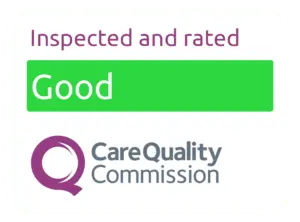Portion Size Guide: What Are Correct Portion Sizes?
One of the crucial skills necessary for successful, long-term weight loss is the ability to follow a portion size guide.
This helps to prevent over-eating as well as an appropriate calorie deficit to lose weight based on your medical history, lifestyle and starting weight. The portion sizes for foods that we eat at home are nearly double what they used to be 20 years ago. Restaurant meal portions are actually 3-4 times bigger! By following a tailored weight loss diet with the correct food group portions, you will see fantastic weight loss results and ensure you are living a healthier lifestyle.
What are correct portion sizes?
The correct portion sizes include a healthy balance of the following: ⅓ starchy carbohydrates, ⅓ fruit and vegetables and the remainder being protein foods, with as little fats and sugars as possible. Each main meal should contain a form of carbohydrate and some fruit and/or vegetables.
Measuring the correct food group portions is crucial to ensure you are following a healthy, balanced weight loss diet packed full of nutrient-rich foods. Practice makes perfect – segment food groups into different areas of your plate to make it easier to control your portion sizes.
What is a healthy portion size?
A healthy portion size should include the right balance of the different food groups. One of the most important parts of any weight loss programme or plan is to reduce portion sizes of everyday meals and follow a healthy, balanced weight loss meal plan.
Before starting one of our online weight loss programmes, we find that many of our patients are eating too large portion sizes, or too much of a particular food group. Many of us have no idea what a healthy serving size really is and end up eating hundreds of extra calories each day. Comparing your portions visually to everyday objects should give you a good idea of how much of each food group you should eat every day.
To ensure you’re not overeating and are following your healthy diet, download our useful healthy eating and portion control guide to help you and your family stick to healthy portion sizes. Learning to control your portions for weight loss and weight management could be challenging at first. With our visual food group guide and after a little practice, you will find it easy and natural.
How much protein should you eat a day?
You should aim to eat 2-3 portions of protein a day. This includes:
- meat
- fish
- eggs
- beans
- pulses
- nuts
- seeds.
When following a portion size guide, try to limit red meat to 2-3 portions per week and always go for lean cuts. Eat at least 2 portions of fish, one of which should be oily (salmon, haddock, mackerel, trout, sardines, herring or fresh tuna). Make sure you remove skin from poultry and drain the fat that comes out when you cook the meat.
Try to vary meat with vegetarian alternatives to add variety and nutrition to your diet. Beans, pulses, nuts and seeds, tofu or soya can add variety to your diet but are usually low in calories and high in nutrients.
1 portion of protein is:
- 75g lean beef
- 75g chicken breast (palm size)
- 150g white fish (cod, plaice, sole, sea bass)
- 75-100g oily fish (salmon, trout, herring, mackerel)
- 2 medium eggs
- 2-3 heaped tbsp beans and pulses
- 25g nuts and seeds
How many fruit and vegetables should you eat a day?
You should eat at least five portions of fruit and vegetables per day. The recommended amount is 5-9 portions, which can be eaten at meal times or as healthy snacks.
Fruit and vegetables can be fresh, frozen, tinned (in natural juice, not syrup) or dried. They are a great source of fibre, vitamins and minerals, whilst helping you to feel fuller for longer. These low-calorie foods are an important part of any weight loss diet.
For main meals, at least a third of your plate should be filled up with vegetables. When you go for salads, be careful with toppings and dressings. These additions could make your healthy looking meal full of unwanted calories and fats.
1 portion of fruit or vegetables is:
- 1 apple, banana or orange
- 2 satsumas
- 3 tbsp of vegetables such as peas or carrots
- 3 apricots (fresh or dried)
- 1 tablespoon of raisins
- 1 cereal bowl of salad
- 3 heaped tbsp. of sweetcorn
- 1 medium tomato
- 1 large sweet potato
How much carbohydrates should you eat a day?
You should aim to eat 6-8 portions of carbohydrates per day.
Carbohydrates includes all cereals, bread, pasta, rice, noodles, couscous, potatoes, oats and rye. These foods provide the body with important energy needed for a healthy diet and lifestyle, however excessive, large portions will result in weight gain.
When choosing your cereals or bread go for wholemeal, wholegrain or high fibre varieties. Choose brown rice and pasta for your meals. When eating carbohydrates on your weight loss diet, keep portions small and don’t add extra fat, oil or margarine to them.
1 portion of carbohydrates is:
- 1/2 cup pasta/noodles wholegrain
- 1 small slice wholegrain bread
- 30g wholegrain or fibre rich cereal
- 30g crackers
- 1/2 cup brown rice
- 1/2 small bagel
- 3/4 cup hot (cooked) cereal
- 1/2 wholemeal pitta bread
How much dairy should you eat a day?
You should eat 2-3 portions of milk and dairy products a day.
Milk and dairy products are essential for a healthy diet and are a great source of calcium, as well as other essential vitamins and nutrients. However, it is important to choose skimmed and low-fat options for your diet. Choose skimmed milk for your daily allowance and low-fat cheese varieties like low fat mozzarella or cottage cheese. Enjoy low fat yogurt on its own or try mixing it with fruit or cereal.
1 portion of dairy is:
- 1 small cup of skimmed milk
- 50g block of hard cheese
- 3/4 cup low fat yogurt
- 1 small cup cottage cheese
Download our FREE portion size guide to help you start living a healthier and more controlled weight loss diet.

Nutrition and Hydration Week: How Eating Well and Staying Hydrated...

How Sleep Affects Weight Loss – World Sleep Day 2025
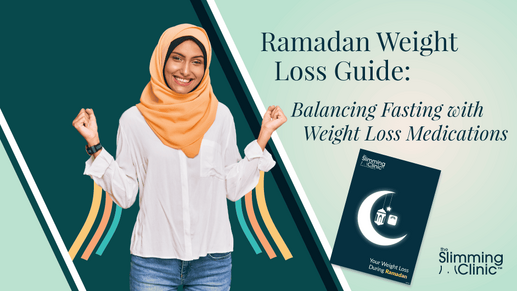
Ramadan Weight Loss Guide: Balancing Fasting with Weight Loss Medications
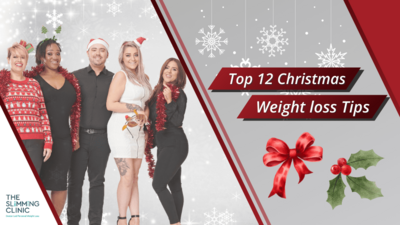
12 Christmas Weight Loss Tips
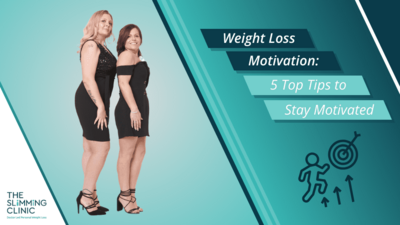
Weight Loss Motivation: Stay Inspired to Achieve Your Goals
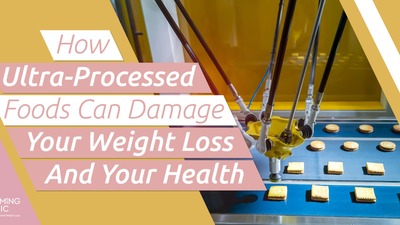
How Ultra-Processed Foods Can Damage Your Weight Loss And Your Health
Looking to start your weight loss journey, then take action today!
Book an appointment with one of our GMC-Registered Doctors who are weight loss experts and can ensure you get the best programme for you. Alternatively request your medication online using our online prescription service.
